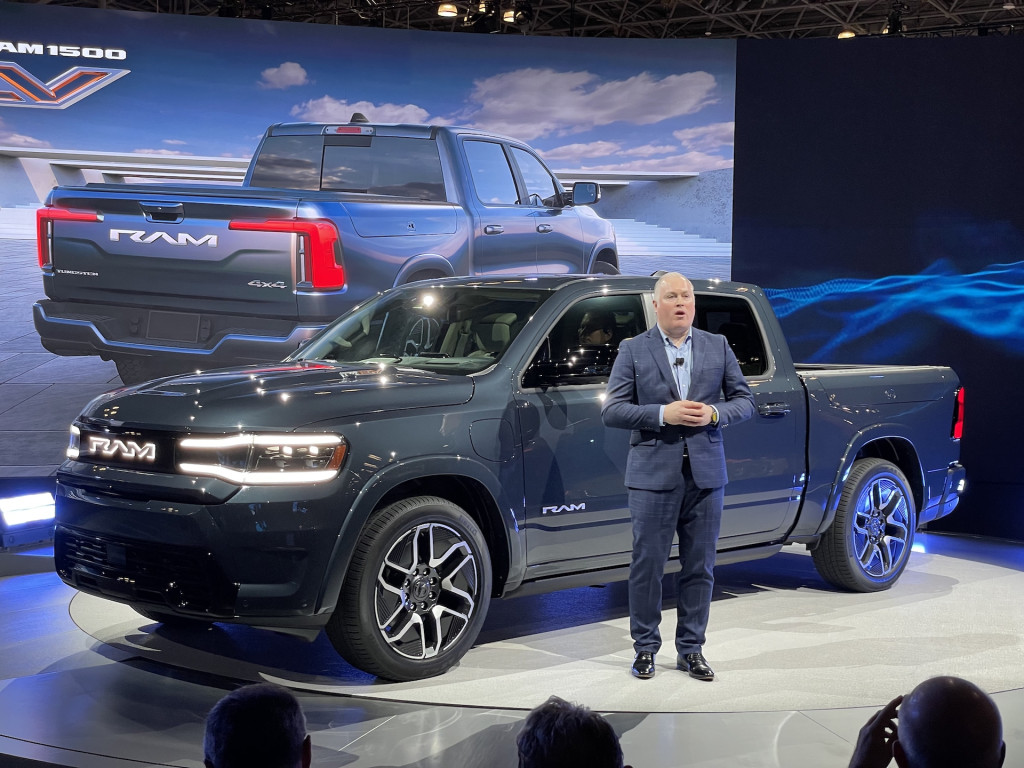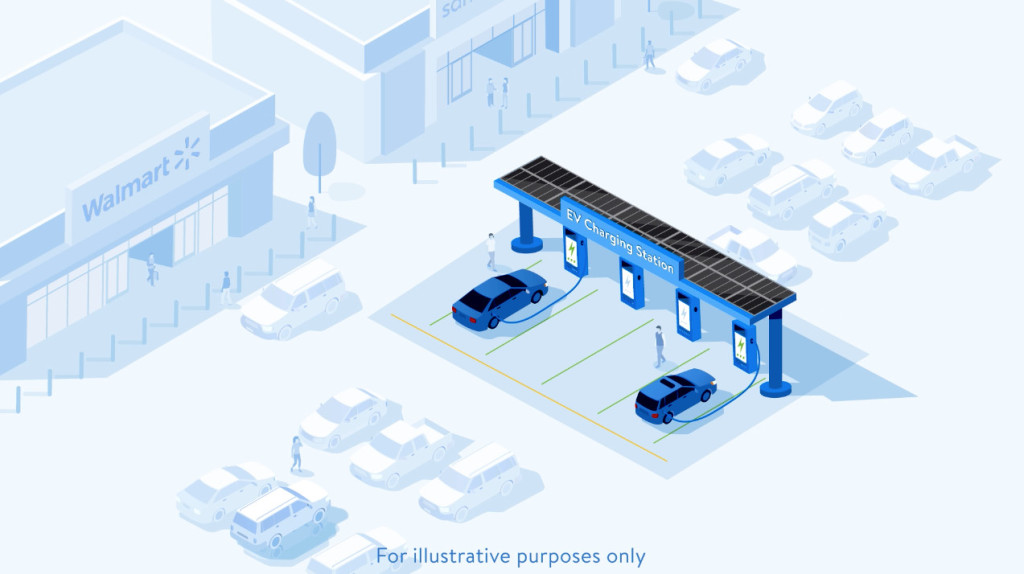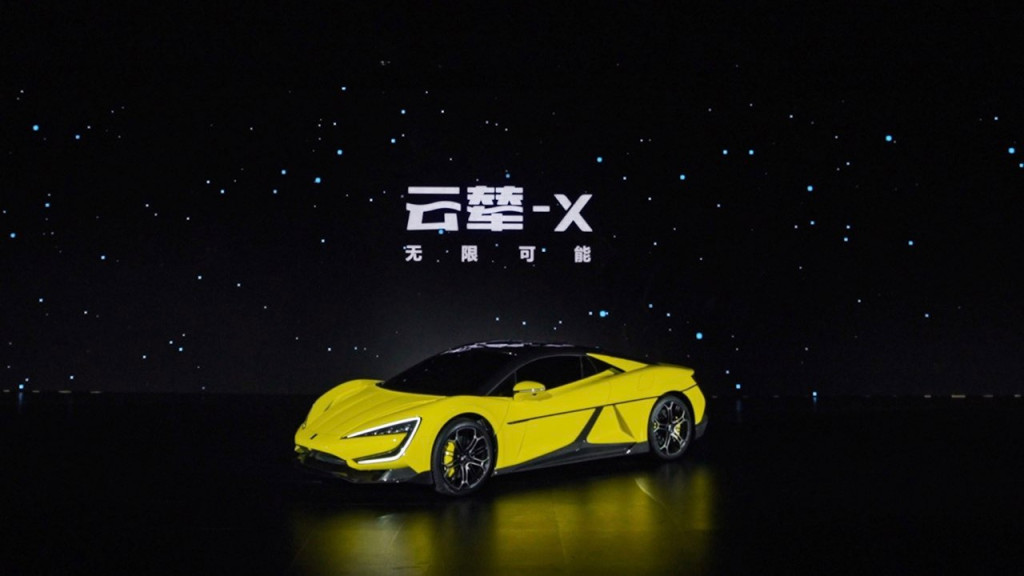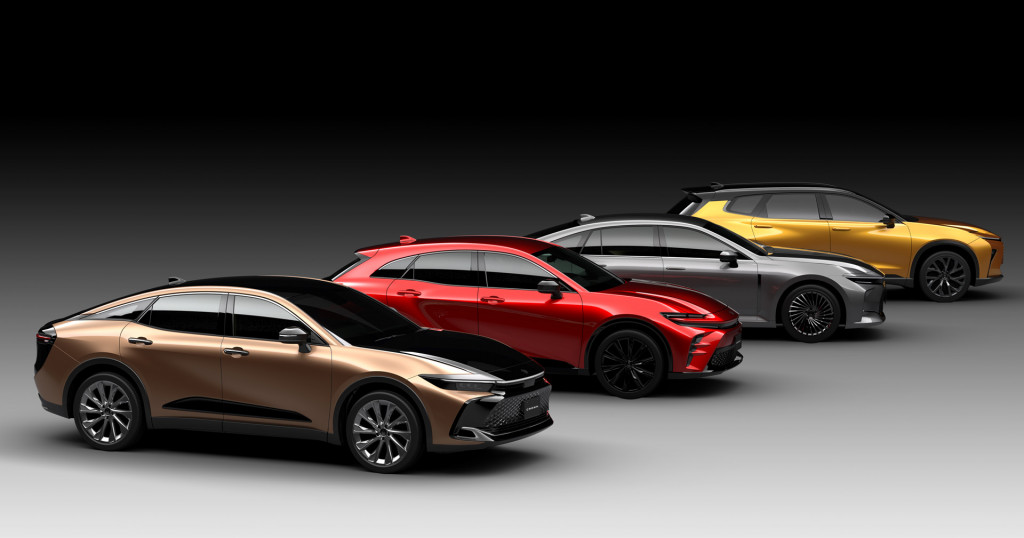Hyundai Kona Electric, Ram 1500 REV details, Walmart charging network: The Week in Reverse
Which model did Toyota reveal as getting fuel-cell propulsion soon?
Which electric car danced and jumped in a recent introduction?
This is our look back at the Week In Reverse—right here at Green Car Reports—for the week ending April 14, 2023.
Hyundai will introduce to the U.S. the lower-priced version of the Kona EV, with a smaller 48.6-kwh battery and an expected range near 200 miles, it revealed last week. And while a Kona Hybrid is a big part of the global rollout, it isn’t coming to the U.S.—underscoring the very different strategy versus Toyota and its rival Corolla Cross Hybrid we recently reviewed.

2023 Zeekr X
The rugged- and sporty-looking Zeekr X electric hatchback revealed this week wraps in several novel tech features including a sliding touchscreen, facial recognition, and an exterior state of charge display. With roughly 300 miles of range, a price under $30,000 for China, and a 3.7-second 0-60 mph time, it could be a rival for the Tesla Model Y in China and Europe.
With the release of some key details regarding the Ram 1500 REV electric truck last week at the New York auto show, Ram Brand CEO Mike Koval fielded our questions on range and charging decisions, base-truck availability, and the range-extended XR model yet to be detailed. And yes, the charging robot and the full-length vehicle pass-through are both in the works.

2025 Ram 1500 REV at the 2023 New York auto show
The Ram CEO also spoke with Green Car Reports about the possibility of a smaller compact or mid-size electric truck for Ram—and suggested that Ram’s strength in South America and its upcoming STLA Large platform for electrified trucks may help make that happen.
The retailer Walmart plans to build its own EV fast-charging network. In a far greater vision than what it currently has in place with Electrify America, Walmart plans “thousands” of chargers at Walmart and Sam’s Club stores by 2030. And it hinted that low prices will be a part of the plan.

Walmart announces plans for EV fast-charging network
The U.S. EPA has proposed tough new vehicle emissions rules for 2027-2032, and perhaps the biggest takeaway is that while the target will encourage (and require, by projections) 67% EV sales by the 2032 model year, it does not mandate them. And with them, an advocacy group renewed a call that rules not count all EVs equally. Should EPA rules specifically incentivize more efficient EVs?
According to a recent interview citing Volkswagen’s top U.S. executive, VW plans 25 EVs qualifying for the $7,500 EV tax credit by 2030—up from just one, potentially, this year. It’s also hoping to use EVs as a way to gain a 10% U.S. market share, including Porsche and Audi.

BYD Yangwang U9
China’s BYD has revealed a new active suspension for future EVs in spectacular fashion—with a dancing, jumping electric sports car. The fast-acting suspension could have all sorts of uses enabling performance, comfort, and safety, but it could also help ensure the ideal ride height and better efficiency in EVs.
Toyota has confirmed hydrogen fuel-cell and plug-in hybrid Toyota Crown variants on the way soon, along with multiple body styles of the flagship car, which in the U.S. has replaced the Avalon.

Toyota Crown family
The battery firm StoreDot claims that its faster-charging battery tech will allow lower-cost, lighter-weight EVs. A pack downsized from 80 kwh to 50 kwh, for instance, could cut about $4,500, according to the company, with cells that can help gain 100 miles of range in just five minutes.
And according to a poll out earlier this week, public support for EV incentives and charging infrastructure is strong, yet Americans aren’t as interested in buying an EV for themselves. They’re also far from favorably unified in support for EV mandates or even stricter fuel economy standards.
_______________________________________

